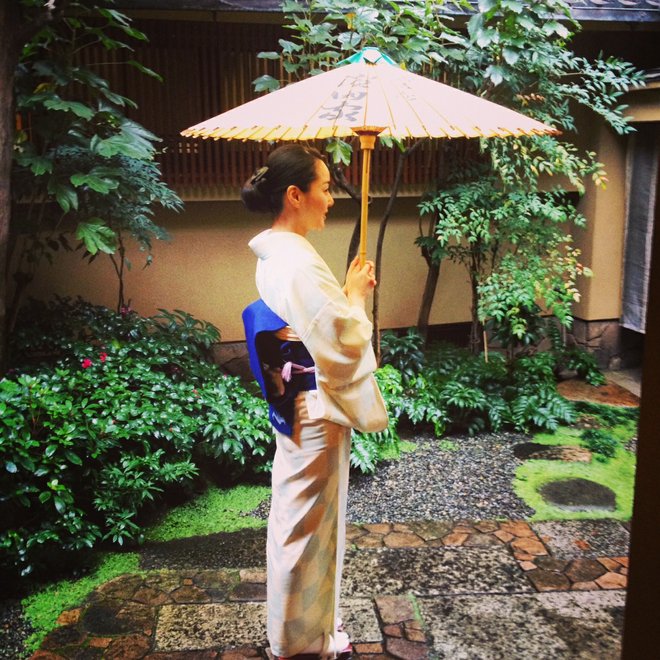
Geisha at Hamadaya restaurant
At Oyster.com, our trained team of amazing photographers and hotel experts are constantly working to bring you honest hotel photos and reviews from around the world. They visit each hotel in person so when you arrive, what you've seen on our website is exactly what you'll get in real life. But our hotel experts' skills go beyond just hotels, and throughout their travels, they pick up quite a few tips and tricks. With two over-the-top Tokyo hotels JUST added to the site, and the country's upcoming summer Olympics in 2020, we wanted to give you a four things you should known before visiting the cultural and foodie oasis of Japan. You might be surprised...
1. There's more to eat than just sushi.
Dinner at Hamadaya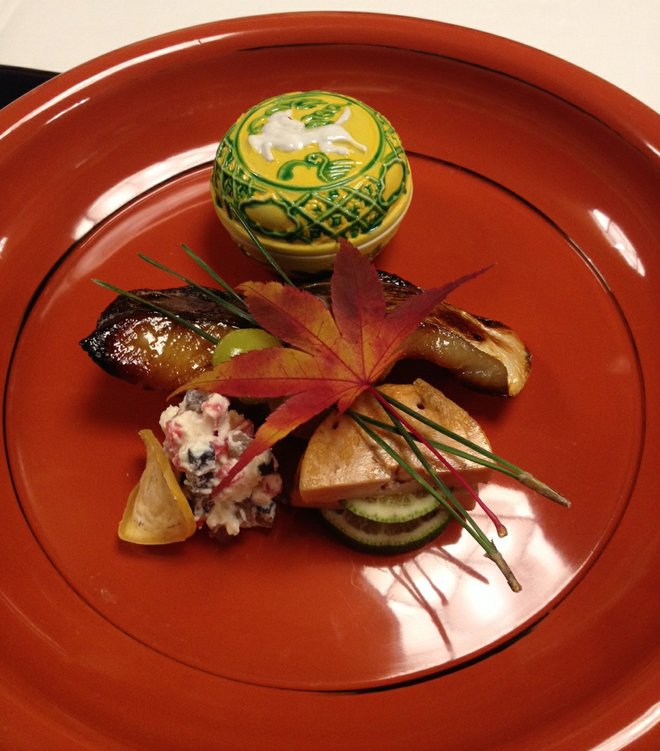
When most people think about Japanese food, they only think of raw fish wrapped in rice and seaweed, served with ginger and wasabi. While we’re not eschewing sushi, the Michelin guide has awarded 17 coveted three-star awards to restaurants in Tokyo, compared with just 10 three-star awards in Paris, and the restos that make up that group serve a lot more (and more complex) options than spicy tuna rolls. Japanese food has a huge variety of styles, ingredients, and flavors for every budget. Ramen is the ubiquitous gourmet street food of choice; diners at Kyushujangara Harajukuten can add everything from marinated pork to seasoned cod roe and extra noodles to their piping hot broth, served at a counter to the tune of American pop music. For an unforgettably upscale dining experience, complete with geishas, it’s hard to beat Hamadaya, a historic geisha house turned restaurant. Guests sit on traditional floor mats and sample painstakingly plated seasonal dishes, with exotic flavors from land and sea. A tempura dinner is a fun, fried way to nibble on shrimp, fish, and vegetables coated in panko crumbs, then served with a variety of flavored salts. At Arakawa Tempura, in the Royal Pines Hotel, the chef fries each course right in front of diners to ensure they eat the tempura at its optimal crispiness. Order a cold bottle of Japanese Sapporo beer to wash it all down.
2. Explore Tokyo…
View of Tokyo from The Standard Andaz King Room at the Andaz Tokyo Toranomon Hills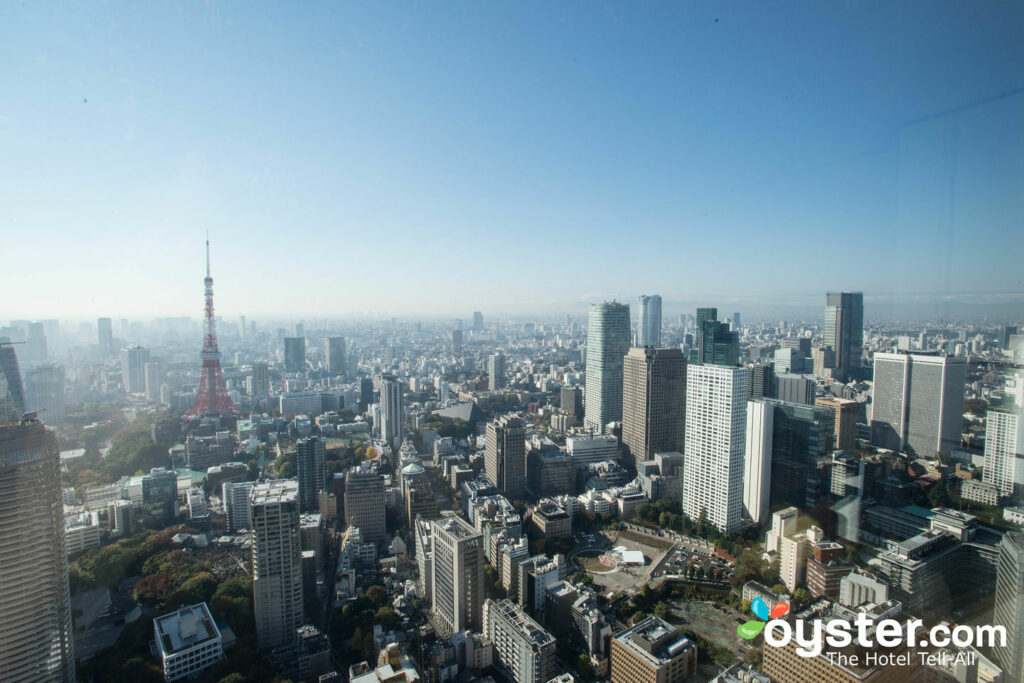
To the untrained (or jet-lagged) eye, Tokyo can be an intimidating maze of hidden streets, hole-in-the-wall restaurants, imposing skyscrapers, and smoky bars. But there’s a reason the largest metropolitan city in the world is the most visited spot in Japan: it’s fun! Though Japanese characters are the dominant language, English is prevalent, too. Taxi drivers carry picture menus in several languages, allowing for a system of pointing at destinations that include everything from hotels, to tourist destinations, to restaurants.
Shopping is an obvious draw as well. Check out Kiddie Land (a favorite of Brad and Angelina Jolie-Pitts’ brood) for several floors of interactive games and toys, Harajuku and Takeshita Street for youth culture and fashion, and Tsukiji Fish Market for an up-close-and-personal view of the day’s catch, surrounded by a traditional market where vendors sell everything from bento boxes to sake pitchers. For more contemporary shopping, Uniqlo has an 11-story flagship store in the Ginza District. Across the street is the impossibly hip Dover Street Market, with pop-up-shops that look more like austere art galleries than clothing stores. Ride the elevator to the top floor for a chic lunch at the well-curated Rose Bakery. If you want to get hands-on and crafty, the family-owned Edo Chochin-Lantern shop teaches visitors to paint calligraphy onto traditional Japanese lanterns.
3. …but then get out of Tokyo.
Naritasan Shinshoji Temple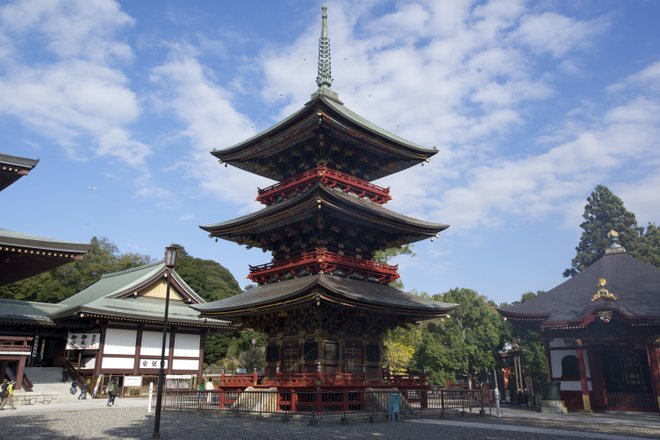
It would be a huge mistake to stay in Tokyo for the entirety of your Japan trip, as the country has so much to offer outside of its urban capitol. Narita, best known for its airport, is about an hour outside of the city and offers a historic and picturesque view of life in Japan. Most notable is a winding main street, Omote Sando, that begins with the famous Naritasan Shinshoji Temple, a popular spot for blessings. From there, pedestrians meander through sweet shops, tea gardens, and restaurants that sell eel, the local specialty. The visitor’s center can arrange tours led by friendly and knowledgable high school students who are practicing their English. History buffs should check out Sakura Samurai Houses for a look at how ancient samurais and feudal lords used to live. For lunch and cold sake, Iinuma Honke Magariya has a working sake brewery and excellent Japanese restaurant with a small gift shop for souvenir bottles of the traditional rice beverage.
4. And get crafty.
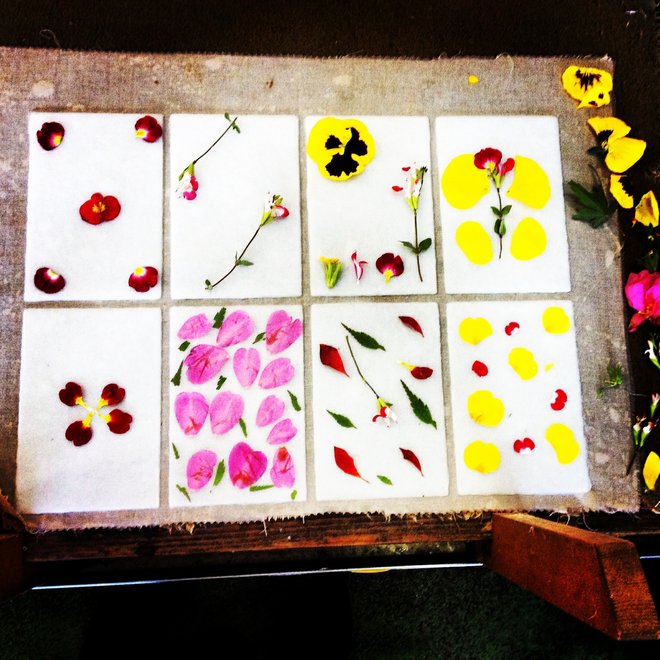
Japan is well-known for mastering and maintaining its cultural traditions. The Saitama Craft Museum does an excellent job of teaching visitors of all ages how to make beautiful paper decorated with flowers and leaves. The drying process is a bit lengthy, but staff will mail your masterpiece to your hotel once it’s complete. There’s a small museum and stocked gift shop on-site, and a cool farmers market-style restaurant and grocery store just across the parking lot from the museum, so it’s easy to make a day of it. Afterwards, head to the Omiya Bonsai Art Museum, an indoor and outdoor museum fully devoted to the ancient craft of pruning miniature trees. The oldest trees are hundreds of years old and worth hundreds of thousands dollars.
All products are independently selected by our writers and editors. If you buy something through our links, Oyster may earn an affiliate commission.



